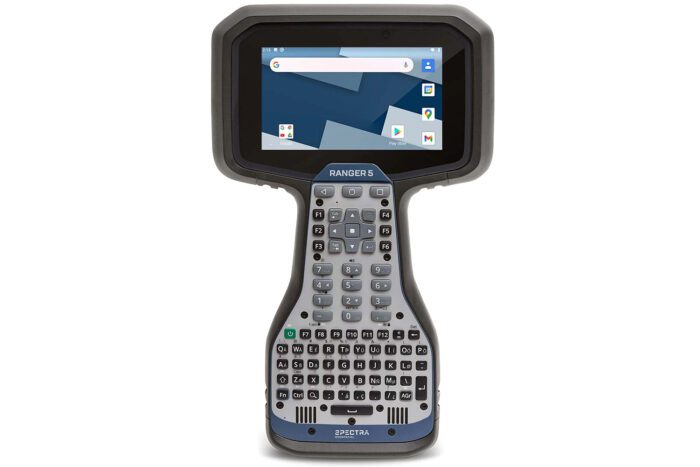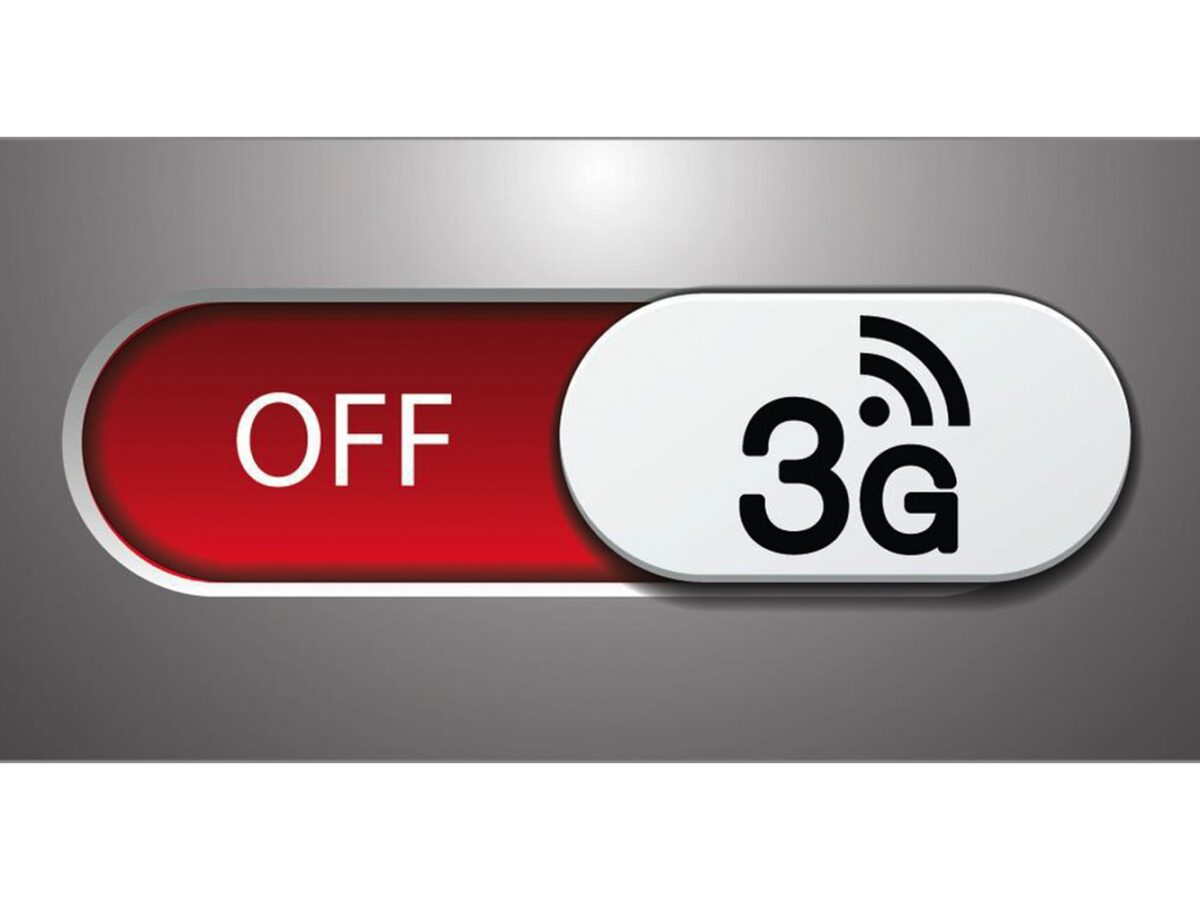Over the course of the next few months the UK’s 3G network will be phased out – here’s what you need to know about the 3G network switch off and how it might affect you.
The 3G Network Switch Off
The 3G network has been used since 2003, helping us deliver calls, texts and data. But it’s had its time and will be switched off to make room for the faster and more reliable 4G and 5G networks. Below are the key dates for the UK’s ‘big four’ providers.
- Vodafone is starting its switch off in 2023.
- EE plans to start its switch off in early 2024.
- Three expects to complete its switch off by the end of 2024.
- O2 has not announced any switch off plans at the time of writing.
Although the 3G network will be switched off, any equipment reliant on the old 3G technology will still have the capability to use the 2G network (which will remain until 2033). In short, the impact won’t be disastrous. However, if your equipment is not compatible with 4G or above, the chances are your performance will be affected.
Certainly, many older controllers / modems which use 3G will be affected. These include:
- Trimble TSC3 / Spectra Ranger 3
- Spectra SP85 / SP80 (if using modem built to antenna)
- Trimble R8 / R6 (if using modem built to antenna)
- Leica CS20 3.75 modem (CS20 LTE will not be affected)
If you’re unsure as to whether your controller will be affected, please do get in touch with us at SEP Geospatial and we will advise you of your options.
It’s virtually impossible to predict how the 3G network switch off will affect someone in day-to-day surveying. Our guidance would be to make sure you’re prepared for the changes, exploring the best solutions for your business and operations.
Below are a few options which we hope will mean as little downtime as possible for our customers.
Change of settings
In some cases, we may be able to change the settings in the logger to use a data source that is a bit easier on the amount of mobile data needed to provide corrections. Feel free to call us at SEP Geospatial and we will be able to guide you through the process.
Hotspot to mobile phone
Nowadays, most of us carry some amazing tech in our pocket, capable of connecting to 4G and 5G networks. So one solution is to use the built-in WI-FI on your controller and hotspot to your mobile phone.
Please be aware that if you’re using an iPhone, you may have some difficulties connecting. If there is an option for ‘make more compatible’, this should be ticked. When testing later iPhones with the compatibility mode, they seem to be able to connect without any issues.
If you’re using an android Device, the ‘BAND’ can be changed. The default setting for this is 5GHZ, however we would recommend changing this to 2.4GHZ.
External modem
Much like hotspotting to your phone, an external modem can emit a Wi-Fi signal. These are widely available online – we have tested a 4G external USB dongle which accepts a SIM card but found that an external power bank worked better than simply plugging it into the controller.
Please remember that if you’re using a USB 4G dongle and powerbank, they do need to be kept within range of the controller.
With so many devices affected, why not get in touch with us to discuss your options.
Upgrading
Of course, one other option would be to upgrade your current equipment. As there is currently no news about phasing out the 4G network, a 4G controller would be a viable option for the foreseeable future.
For more information about upgrading to a 4G controller, such as the Ranger 5/TSC5 or Ranger 7/TSC7, get in touch with SEP Geospatial and we can run you through the various options.

What does the future look like?
While the 3G network switch off does sound like an inconvenience, the faster 4G and 5G networks will lead to faster and more efficient data flows. How much faster? Well, 4G can reach speeds of up to 8MB per second, while 5G will be able to reach speeds in excess of 1GB per second, and up to 20GB. In geospatial terms, it means a 5GB laser scanning project that took two hours to download on 3G can be downloaded in just 35 seconds on 5G.
As you can imagine, when the 5G network is fully up and running, its potential is hard to imagine.
For more information about the 3G network switch off, there is a useful article on the Ofcom website.
